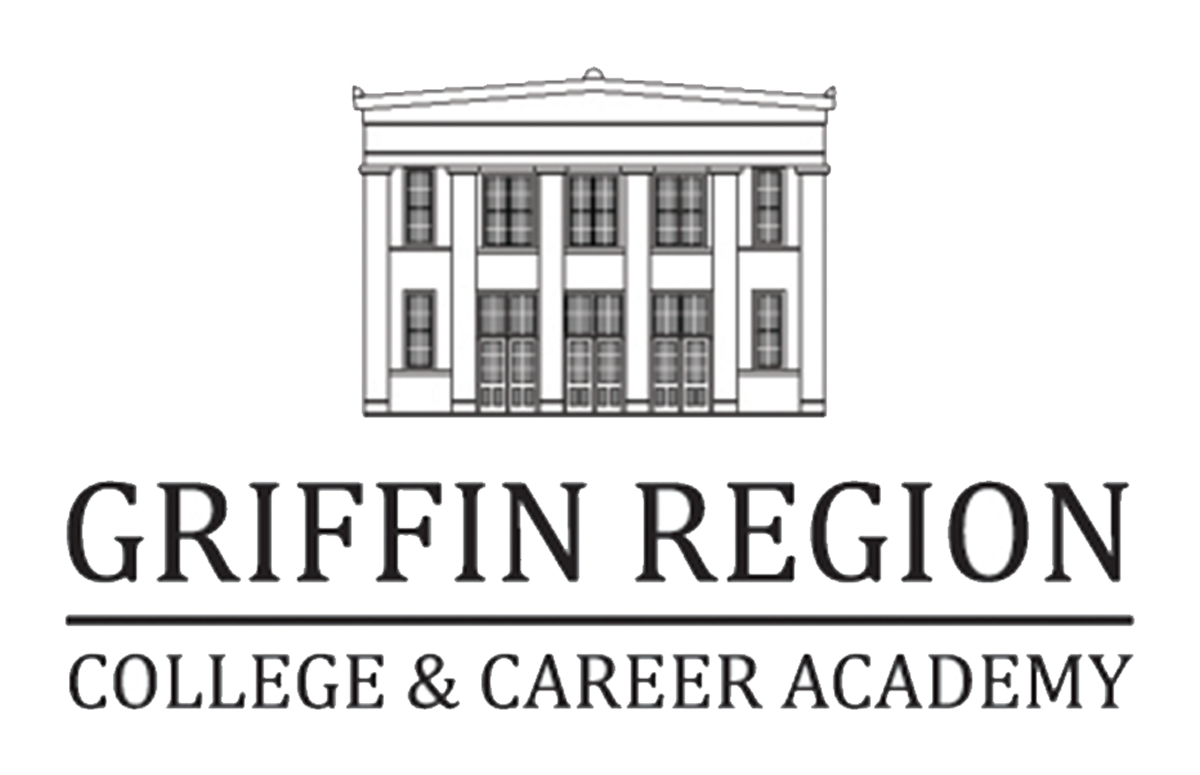Aviation, Unmanned Aircraft Systems
The Unmanned Aircraft (Drone) program prepares you with the regulations, operating requirements, and procedures for safely flying drones. Students will have an opportunity to earn their Remote Pilot License at the end of the pathway.
Requirements:
10th to 12th Grades
On-Track for Graduation
REQUIRED COURSES:
47.46000 - Fundamentals of Aerospace: This course is designed as the foundational course for the Aviation Maintenance, Flight Operations and Unmanned Aircraft Systems (Drone) pathways. Students will gain a fundamental knowledge base in aviation history and regulations, the basic principles of flight, aerospace careers, and factors influencing work systems, aerospace technologies, and basic aviation meteorology. These concepts can later be applied to various aerospace occupations. Classroom and lab activities will assure students a thorough understanding of the aerospace environment.
47.46610 - Aviation Meteorology: Atmospheric dynamics and concepts are addressed to build a meteorological foundation that will enable students to understand environmental variables that create and change the earth’s weather. Meteorological techniques will be used in analyzing, charting, and forecasting weather patterns, and students will apply learned skills to the aeronautical needs and procedures of the air transportation industry.
47.48800 - Flight Operations l: Navigation and Communication are essential to the safe operation of aircraft within the airspace system. This course provides a foundation that enables the student to apply the basics of aircraft navigation and utilize efficient communication methods for safe aircraft operations.
47.48900 - Unmanned Aircraft Systems: This course provides a foundation to prepare a student to earn a commercial license to pilot an unmanned aircraft system. Topics discussed include weather and effects of weather on an unmanned aircraft; types and uses of unmanned aircraft; pre-flight planning and checks; FAA requirements; technology and remote instrumentation; radio communications, plus much more. Students will have an opportunity to earn their remote pilot license by taking and successfully passing the FAA Part 107 Exam.
Credential(s) Earned: CTAE Pathway Completer / FAA Remote Pilot Certificate
